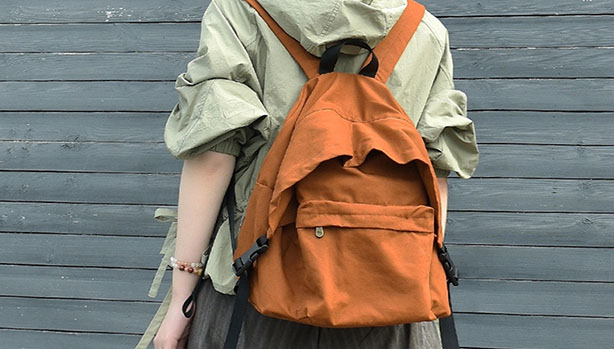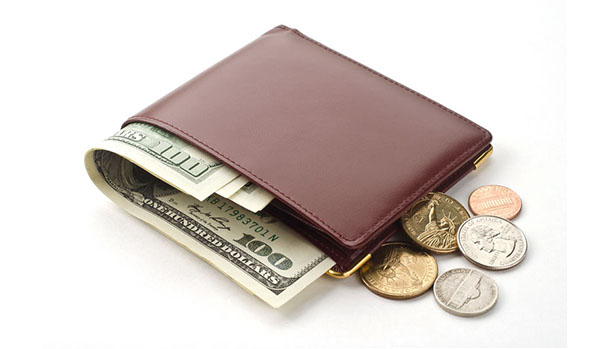Choosing the Best Material for a Backpack
A good backpack is essential for daily use, whether for work, school, travel, or outdoor activities. One of the most important factors to consider when selecting a backpack is its material, as it directly affects durability, comfort, water resistance, and overall functionality. This article explores the best materials for backpacks, their advantages, and which type suits different needs.
1. Common Backpack Materials and Their Benefits
1.1 Nylon
Pros:
Lightweight and durable
Water-resistant or waterproof (with coatings like polyurethane)
Resistant to abrasion and tearing
Available in various styles and colors
Best For: Everyday use, travel, and outdoor activities like hiking or camping due to its durability and weather resistance.
1.2 Polyester
Pros:
More affordable than nylon
Resistant to UV rays (does not fade easily)
Moderate water resistance
Durable but not as strong as nylon
Best For: Budget-friendly backpacks, school bags, and casual use where heavy durability is not a priority.
1.3 Canvas (Cotton or Blended Fabric)
Pros:
Stylish and classic appearance
Strong and durable
Breathable material
Can be waxed for water resistance
Cons:
Heavier than synthetic materials
Less water-resistant unless treated with wax
Requires more maintenance
Best For: Fashionable or vintage-style backpacks, casual use, or artistic and eco-conscious buyers.
1.4 Leather
Pros:
Luxurious and professional appearance
Durable and long-lasting
Develops a unique patina over time
Cons:
Heavy compared to other materials
Expensive
Requires maintenance to prevent cracking or drying
Best For: Business and fashion backpacks, premium or luxury buyers who prioritize aesthetics over weight.
1.5 Cordura Fabric
Pros:
Exceptionally durable and resistant to abrasion
Water-resistant
Used in military and outdoor gear
Best For: Military-style backpacks, heavy-duty outdoor gear, and long-term durability.
1.6 Ripstop Fabric (Nylon or Polyester)
Pros:
Reinforced to prevent tearing and ripping
Lightweight yet durable
Often used in outdoor and tactical backpacks
Best For: Camping, hiking, and sports backpacks where durability and weight balance are needed.
2. Other Important Factors to Consider
2.1 Water Resistance
If you live in a rainy area or travel frequently, look for backpacks with water-resistant coatings like polyurethane (PU) or thermoplastic polyurethane (TPU). Waterproof zippers and sealed seams can also enhance protection.
2.2 Weight
For long-term use, a lighter material like nylon or polyester is preferable to avoid unnecessary strain on your back. Leather and canvas, while stylish, add significant weight.
2.3 Durability and Strength
If you carry heavy items like laptops or books, materials like Cordura fabric, ripstop nylon, or thick canvas will provide better support and longevity.
2.4 Breathability
For summer or active use, breathable materials with mesh padding can help reduce sweating and improve comfort.
Conclusion
The best backpack material depends on your needs and preferences. Nylon is an excellent all-around choice for durability and water resistance, while polyester is a more affordable alternative. Canvas and leather are stylish but heavier, making them suitable for fashion-conscious buyers. If durability is your top priority, Cordura or ripstop fabric are excellent choices.
When selecting a backpack, consider not only the material but also factors like water resistance, weight, and breathability to ensure maximum comfort and usability.



